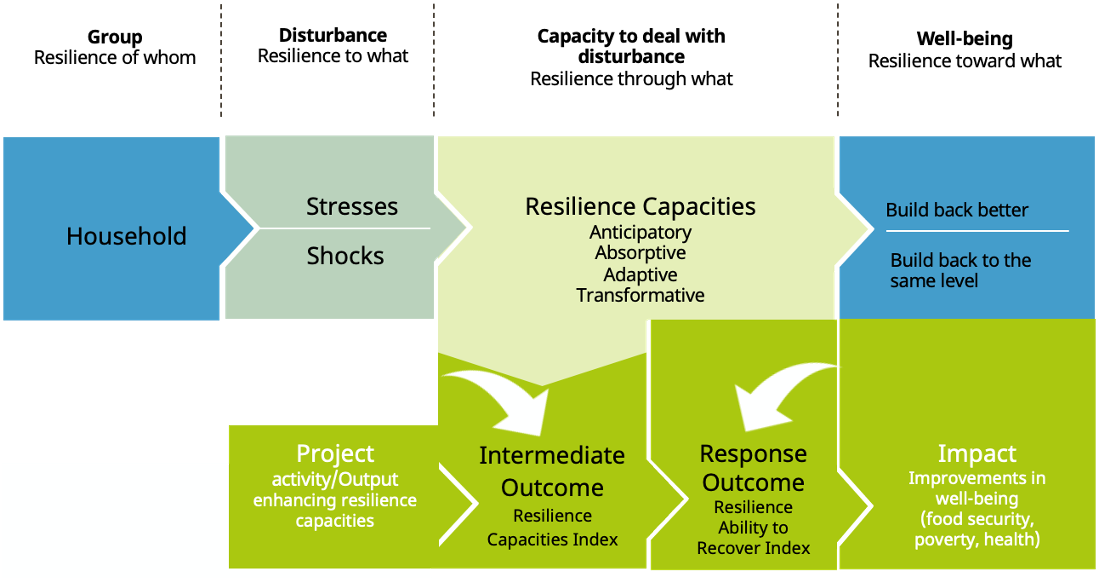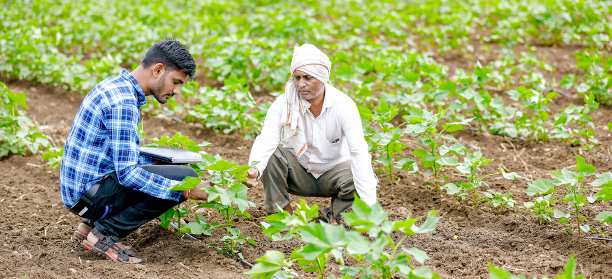
Agile data approaches are transforming how development programs monitor, evaluate, and integrate data-driven knowledge. By allowing teams to collect and analyze data more frequently and efficiently, Agile methodologies offer real-time insight into key metrics, enabling faster strategy adaptation and more meaningful engagement with stakeholders. When combined with Agile data principles, which emphasize thoughtful, respectful, and resource-efficient data collection, the result is enhanced experiences for data contributors, better-quality information, and stronger decision-making.
COSA’s work exemplifies this synergy by integrating standardization, relevance, and rigor into Agile data frameworks. Through the Agile Data Approaches and Innovations for Monitoring (ADAIM) project we champion frequent, low-cost, and actionable data snapshots. These snapshots provide data about what does and does not work while the project is still in process. This allows for mid-course adjustments and real-time integration of data-driven insights, improving efficiency and impact.
Watch the Video
Case Study: Agile Resilience Assessment in the Better Cotton Program
COSA’s recent collaboration with Better Cotton (BC) in India demonstrates the power of Agile data collection in practice. We assessed baseline levels of resilience among cotton-producing households in the states of Karnataka and Telangana. The results of our assessment informed the Better Cotton Sustainable Livelihoods program which aims to increase farmer incomes and bolster household resilience in the face of recurring shocks, such as climate change, market fluctuations, or health crises.
COSA structured the assessment using a double resilience lens based on two key indicators: the Resilience Ability to Recover Index, and the Resilience Capacities Index. We also compared two different data collection methodologies to determine the most accurate, cost-effective, and scalable method for future interventions. These methodologies were Computer-Assisted Telephone Interviews (CATI), and Computer-Assisted Personal Interviewing (CAPI),
Key Insights: Time, Cost, Validity
Time
Time efficiency was verified as a key advantage of the CATI methodology. Each phone survey took an average of 10 minutes and was carefully streamlined for agile deployment. The surveys successfully captured all the critical questions for assessing resilience without compromising data quality. This efficiency contrasted with in-person interview methods, which often require significantly more time and logistical planning at every stage, from design to implementation.
Cost
From a resource perspective, the use of CATI technology also reduced the average cost per survey from 69 USD to 31 USD. A comparison between CATI and in-person interviews (CAPI) showed savings equal to 38 USD per survey, and savings over the scope of the total project equal to 16,000 USD.
Validity
The comparison between CATI and CAPI offered several important findings. For instance, phone respondents (CATI) reported significantly higher land size and yield figures — 16.4% more acres and 11.3% more yield on average, than in-person respondents (CAPI). This raises important questions about mode-specific reporting biases. We confirmed the results of a recent study conducted in India by Anderson et al 2024 which found that phone responses result in data with a higher average and greater variance.

The ability to rapidly mobilize and complete a substantial share of the target sample, even with moderate response rates (46%), highlights the flexibility and responsiveness of phone-based surveys in dynamic field conditions. Response rates also varied by state: 56% in Karnataka versus 41% in Telangana. A probit model was run to assess whether refusal rates correlated with respondent characteristics such as gender or farm size; however, only state-level differences proved significant, with Telangana farmers more likely to refuse participation.
What We Learned About Resilience
Shocks were widespread — 85% of households experienced at least one in the past three years. A sharp decline in cotton prices was reported by 68% of the sample, followed by natural events (38%), and plant pests and disease (11%). Over half of the affected households (54%) applied a detrimental coping strategy such as reducing spending on essentials like food or other essential goods.
The results of the resilience analysis revealed a positive correlation between resilience capacities and recovery ability, which supports the hypothesis of the conceptual framework built by COSA for this project (see Graph 1). We wanted to determine whether farmers with higher resilience capacities also demonstrate higher recovery ability.
COSA used a Monitoring and Evaluation framework for resilience programming interventions, following a Theory of Change approach proposed by Béné et al. (2015; 2017) and USAID (2018). COSA built its novel resilience conceptual framework by combining two measures of resilience that are usually considered alternative and independent measures.
Resilience capacities resulting from the program activities (i.e. outputs) were represented by the resilience intermediate outcome (Béné et al. 2015; 2017; USAID 2018; Constas et al. 2014). This outcome was measured through the Resilience Capacities Index[1]. COSA then combined this with a measure of the ability to recover which was represented by the resilience response outcome. This outcome was captured by IFAD’s Resilience Ability to Recover Index[2].
The comparison of the two resilience outcomes indicates a clear positive correlation between resilience capacities and recovery ability. This supports our hypothesis that these measures of resilience are complementary, not competing. Once the program is implemented, capturing both aspects of resilience will allow BCI to assess whether specific program activities improved resilience and whether that improved resilience resulted in farmers’ improved ability to recover from shocks.
Graph 1: Resilience Framework

Reflections and Recommendations
- The BCI resilience study underscores the effectiveness of Agile approaches in gathering timely, high-quality data. It also demonstrates that careful planning is required for success.
- Advanced communication strategies, such as campaigns alerting farmers to upcoming calls, can improve response rates. Simplifying surveys and tailoring them to the chosen technology platform are also essential to reduce dropout rates and ensure clean, usable data.
- Ultimately, Agile technologies, such as CATI, offer an accessible, cost-effective way to gather meaningful baseline data quickly. When combined with Agile principles and a stakeholder-focused approach, Agile technology can significantly improve how development projects understand, support, and empower the communities they serve.
- More than just a method for data collection, Agile approaches offer a dynamic framework for continuous learning. They enable teams to adapt in real time, integrating fresh insights into project design and implementation. This responsiveness not only improves project outcomes but ensures that interventions remain relevant, context-specific, and aligned with the evolving needs of communities on the ground.
[1] This approach considers resilience to be the result of the interaction between the capacity to absorb the shock through short-term mitigation and preparedness strategies, to adapt to it through the development of long-term responses to social, economic, and environmental shocks and stressors (e.g., livelihood diversification, asset accumulation, improved social and human capital) and to transform by enhancing governance and enabling conditions to make households and communities more resilient. The capacity approach was initiated by Béné et al (2012, 2015), and followed by Frankenberg and Smith (2018), Serfilippi and Ramnath (2017); Knippenberg et al. (2019).
[2] The Resilience Ability to Recover Index (ATR) is a resilience measure adopted by IFAD (2015). The Ability to Recover Index is easily measured through farmers’ self-assessment of their perceived ability to recover from shocks. https://www.ifad.org/documents/38714170/40193941/htdn_climate_resilience.pdf/fd0b42b0-3fc1-41e2-bd45-c66506fa5004
[3] https://pubmed.ncbi.nlm.nih.gov/38164439/#:~:text=Phone%20responses%20have%20greater%20mean,precise%20when%20using%20phone%20data







Leave A Comment